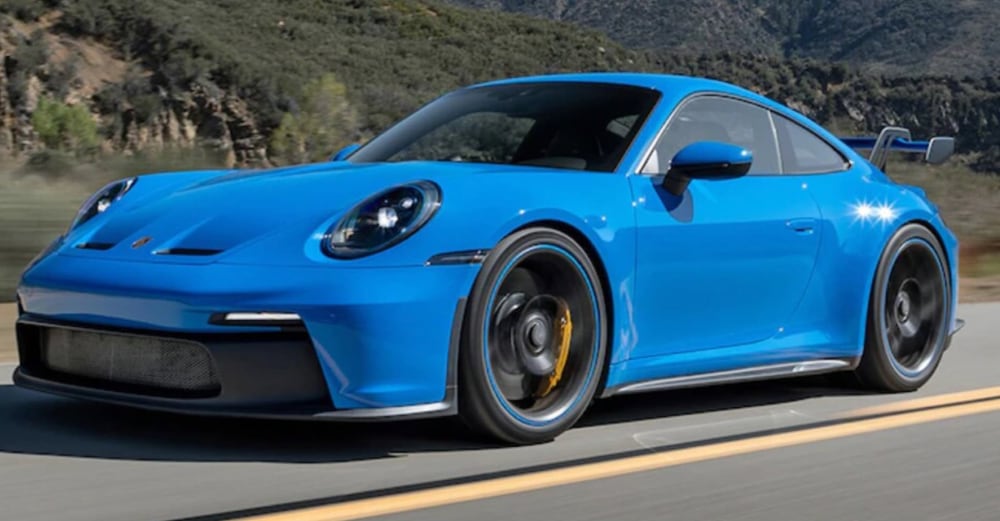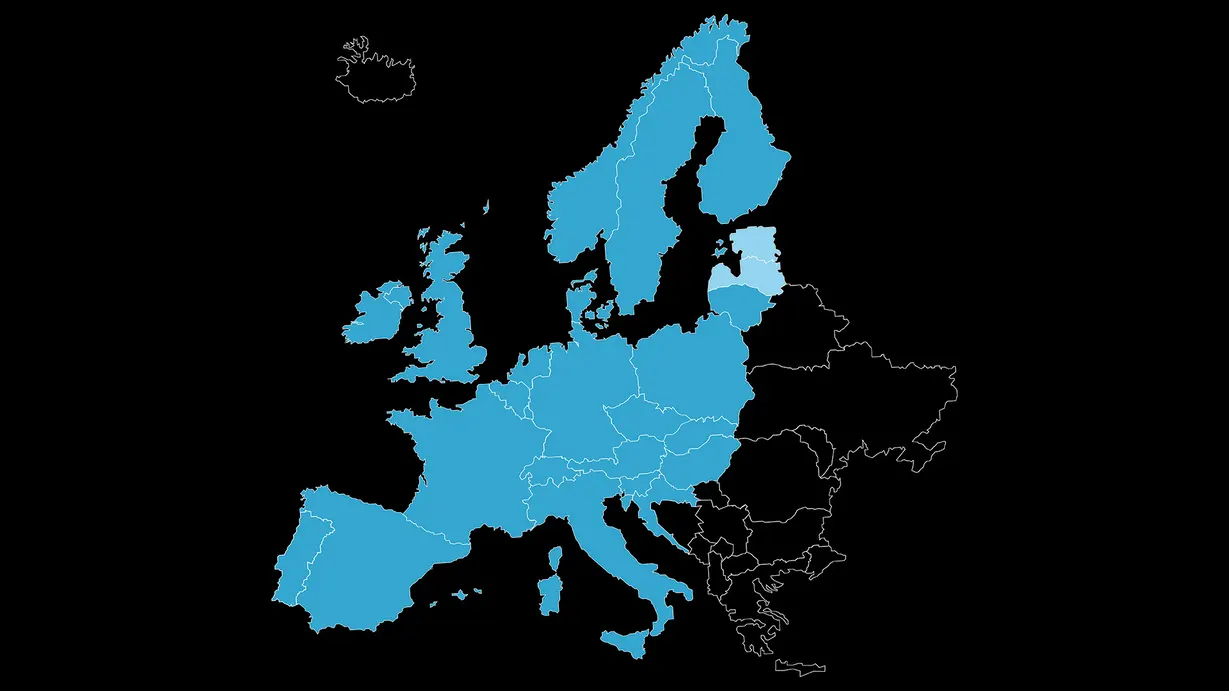Times are a changing as 911 sales are passed by the All Electric Taycan.

Porsche’s 911 is the icon that represents the brand in the popular imagination. Everyone knows the defiantly eccentric sports car still plants its engine in its tail, still hunches forward with a frog-like intensity, still has big round headlights and slim horizontal taillights, as has been the formula for the last 50 or so years.
For all the metaphorical weight the 911 carries, you might occasionally remind yourself that it isn’t Porsche’s bestseller—not by far. It long ago gave up that title to the SUVs, first the Cayenne, and now the smaller Macan. Last year the 911 was passed by yet another newfangled Porsche: The all-electric Taycan.
Whether Porsche likes it or not, anytime the 911 is overtaken in sales by an emergent model, it’s simultaneously validation that that new model was a good idea (for example, when the Cayenne gave Porsche a financial shot in the arm despite its fans’ bleating) and a sign of the impending apocalypse to those same fanatical complainers. Those anti-SUV voices in the Porschesphere have largely become muted, numb to the idea that the 911 will never again be the sales leader, but also taking comfort that neither is it going away anytime soon.
 So, how did the sales race shake out in the house of Porsche last year? The relatively affordable and compact Macan SUV did 88,362 sales globally, followed by the larger Cayenne SUV at 83,071. In a big surprise, the Taycan EV grabbed third place, with 41,296 units sold—edging just ahead of the 911’s 38,464 sales. The Panamera family and 718 Boxster and Cayman lineup brought up the rear with 30,220 and 20,502 sales.
So, how did the sales race shake out in the house of Porsche last year? The relatively affordable and compact Macan SUV did 88,362 sales globally, followed by the larger Cayenne SUV at 83,071. In a big surprise, the Taycan EV grabbed third place, with 41,296 units sold—edging just ahead of the 911’s 38,464 sales. The Panamera family and 718 Boxster and Cayman lineup brought up the rear with 30,220 and 20,502 sales.
In the US, the 911 still outsold the Taycan, if only just. Sales of the 911 were up 22 percent to 10,042 units in the U.S., while 9,419 Taycans were snapped up.
What are we to make of all this, then? The Taycan is an extraordinary electric vehicle not because it delivers huge driving range per charge, nor because it’s particularly useful (this is a low-slung, four-door sports car, not a traditional sedan or wagon)—instead, Porsche successfully channeled its brand spirit into an electric format, full stop.
It’s little wonder that just as when the Cayenne overtook the 911 back in the early 2000s, when the world was pivoting to EVs, so, too, has the Taycan just as the world pivots to EVs. Both deliver a proper Porsche experience in the format customers are seeking out. And the best news? Those models’ success spells the continuation of passion models such as the 911 and 718 sports cars. Oh, and don’t forget—the 911 is likely getting hybrid and electric variants in the future, so it could start up an inter-Porsche rivalry with the Taycan in due time.
Porsche Taycan charging guide
The Porsche Taycan sees Stuttgart’s famous sportscar manufacturer embrace electric vehicles. The Taycan combines traditional Porsche strengths with a considerable electric driving range and the fastest charging speeds on the market today.
Available with a choice of two batteries, three trim levels, and four variants, the Taycan is a four-door Grand Tourer that happens to be electric. A range of up to 288 miles is available, and charging at up to 270 kW on ultra-rapid DC chargers.
Porsche Taycan Range
Official WLTP Range
Porsche Taycan 4S
254 miles
Porsche Taycan 4S+
288 miles
Porsche Taycan Turbo
281 miles
Porsche Taycan Turbo S
260 miles
Real-world Range
Porsche Taycan 4S
229 miles
Porsche Taycan 4S+
259 miles
Porsche Taycan Turbo
253 miles
Porsche Taycan Turbo S
234 miles
How to charge an Porsche Taycan
The Porsche Taycan range uses the CCS charging standard, which consists of a combined AC and DC inlet port. The top portion of the inlet is for the Type 2 connector, which is used when charging at home, or at public slow and fast AC points. Both the upper and lower sections on the inlet are used to carry high power during rapid DC charging. The Porsche Taycan CCS charging inlet is found on the front flank, behind the off-side front wheel and in front of the driver’s door.

The Porsche Taycan is able to be slow, fast and rapid charged from public points, depending on the network and type of charge unit. In most cases, slow charging requires a 3-pin-to-Type 2 cable, and fast charging a Type 2-to-Type 2 cable, available here. For rapid charging, the vehicle uses a tethered CCS connector which is part of the charging unit.
Charging on AC or DC requires the EV driver to plug the connectors into the correct inlet, after which the car then ‘talks’ to the charging unit to make sure there is a power supply, that there are no faults, and that it is safe to start charging. If charging at private home or workplace charge point, the vehicle then automatically starts charging.
On a public charger, an activation process is required to initiate charging. Depending on the network provider, this may require the use of an RFID card or smartphone app, often linked to an account which has been set up beforehand. Contactless pay-as-you-go is now commonplace on rapid charge points. Once activated, the units will conduct further connection and account checks before starting to charge the vehicle.
For more details see Porsche EV Changing guide at Porsche Charging all-electric Porsche models
IONITY
Porsche customers receive discounted pricing to the IONITY ultra-rapid charging network through the Porsche Charging Service. At £0.30 per kilowatt hour (kWh) you can benefit from best-in-class charging speeds at a fraction of the cost (IONITY pay-as-you-go customers pay £0.69 per kWh). Note the Tesla Superchargers bill Tesla owners at £0.24 per KWh.

